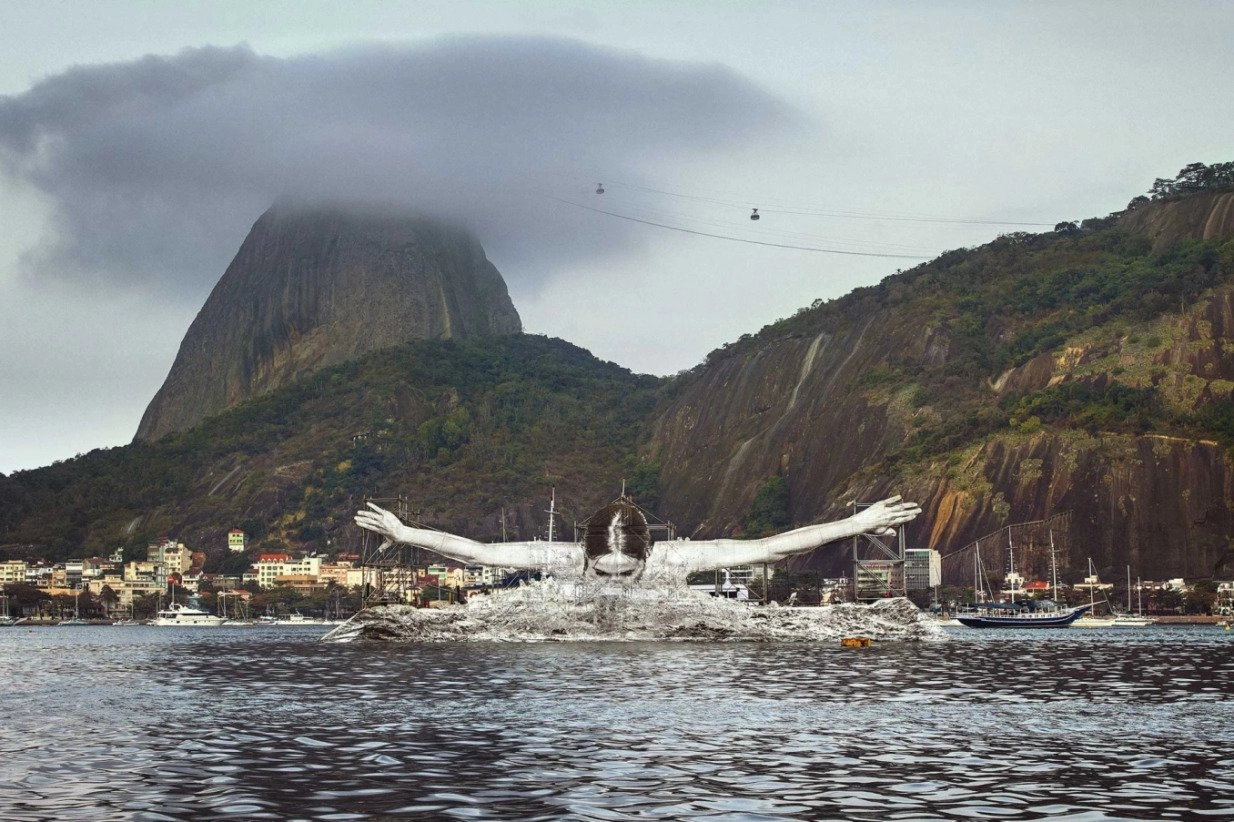Did you know that in the past one could win an Olympic medal for a painting or statue? And that if it was up to Pierre de Coubertin, the founder of the modern Olympic Games, it would probably still be so today?
Restoring the ancient ideals
The goal of baron Pierre de Coubertin was to bring together aesthetics and sport. That's why between 1912-1948 gold, silver and bronze medals were awarded at each Olympic Games to artists competing in five categories: architecture, painting, sculpture, literature, and music. The official Olympic rules required that submitted works were related to Olympic ideals. Between 1912 and 1952, juries awarded a total of 151 medals for original art works inspired by sports performance.
Until today, the most extensive book on this topic was written by publicist Richard Stanton. To research this relatively overlooked topic, he had to search through crumbling boxes of often illegible files in the archive of the International Olympic Committee in Switzerland. Many hadn't seen light ever since they had been stored away decades ago.
Coubertin is said to have considered art competitions an integral part of his Olympic Games vision. According to Stanton, he grew up and received education in the classicist spirit and he was especially impressed by the idea of being a real Olympian, that is being competent not only in sports, but in music and literature as well. He felt that if one was to restore the ancient ideals in the modern times, it is necessary to include the artistic aspect as well.
At the turn of the 19th and 20th century, when Baron Coubertin was trying to establish moder Olympic Games from scratch, he struggled to convince the overworked organisers of the art competition's importance, but he hadn't given in. "There's only one difference between our Olympic Games and common sport championships and that is the art competitions, which were part of the Olympic Games in ancient Greece, where sport exhibitions walked hand in hand with art ones," he claimed. Eventually, he managed to introduce art competition at the Games in Stockholm in 1912. However, during several following decades when the Olympic Games became a significant international event, the art competitions remained overlook side program. To comply with the sport requirements, many of the paintings and statues dramatically captured sport performances or boxing matches; same as most of the exhibited architectonic designs of sport stadiums or arenas. According to Stanton, the format of the competitions was uncoordinated and sometimes chaotic: some categories couldn't be awarded gold medals, only silver; sometimes the jury were so disappointed by the submitted works they wouldn't award any medals at all. Hence many of the insiders from the art world would look at the Olympic competitions with distrust. Stanton says that while some of the art fans welcomed these competitions, many disapproved them.
Making Olympic values accessible
In 1924, Jack Butler Yeats, the younger brother of the poet William Butler Yeats, was awarded a silver medal for his oil painting The Liffey Swim and became the first Irish medalist ever.
George_Bellows_Stag_at_Sharkeys%20(1).jpg)
What's interesting is also the fact that the painting Stag at Sharkey's by an Ashcan artist George Bellows, which was selected for the Olympic exhibition at the Los Angeles Museum of History, Science and Art posthumously, was by the jury short-listed for a medal even though it didn't meet the competition's requirement. Bellows' murky depiction of a semi-legal match at a New York fight club is now rightfully considered to be among the greatest works of sport art, but it has only little in common with the Olympic ideals promoted by baron de Coubertin.
John Russell Pope, the architect of the Jefferson's Memorial, won a silver medal at the Games in Los Angeles in 1932 for his design of the Payne Whitney Gymnasium built at Yale University. Among other significant participants of the Olympic art competitions were, e.g., Italian sculptor Rembrandt Bugatti, American illustrator Percy Crosby, Irish writer Oliver St. John Gogarty or Dutch painter Isaac Israëls.
t%C4%9Blocvi%C4%8Dna%20Payne%20White%20Gymnasium.jpg)
Following a fierce debate, the art competition was decided to be cancelled. It was replaced by a non-competitive exhibition which was to take place during the Games. One of the last awarded medals in 1948 went to a British John Copley for his engraving The Polo Players. He was 73 years old then and he would have been the oldest Olympic medalist in history if his victory still counted. In fact, all the 151 medals awarded for art disciplines were officially struck out from the Olympic records.
In accordance with the Olympic agenda, the International Olympic Committee launched the Artist-in-Residence program in 2020. It complemented the cultural program ran by the Organising Olympic Committee and other cultural institutes. This program enabled the artists to provide their own interpretation of the Games and make Olympism and its values accessible to the widest audience possible.
The residential program for artist took place for the first time in Rio de Janeiro in August 2016, that is during the 31st Olympic Games. New means of conveying the Olympic ideas became the subjects of experiments by French visual artist JR, German writer Tilman Spengler and an emerging online artist Gerald Andal.
jr-website-6fdea005-f8f1-491d-8c56-11ef437da00c_3-giants_-leonie-periault-from-france%2C-botafogo%2C-%C2%A9-comite-international-olympique%2C-rio-de-janeiro%2C-brazil%2C-2016.jpg)
%20JR%2C%20FAD%20Magazine.jpg)
Read about the very beginnings of the connection between sport and art in ancient Greece.

Yeats-Liffey-Swim%20(1)%20(1).jpg)




